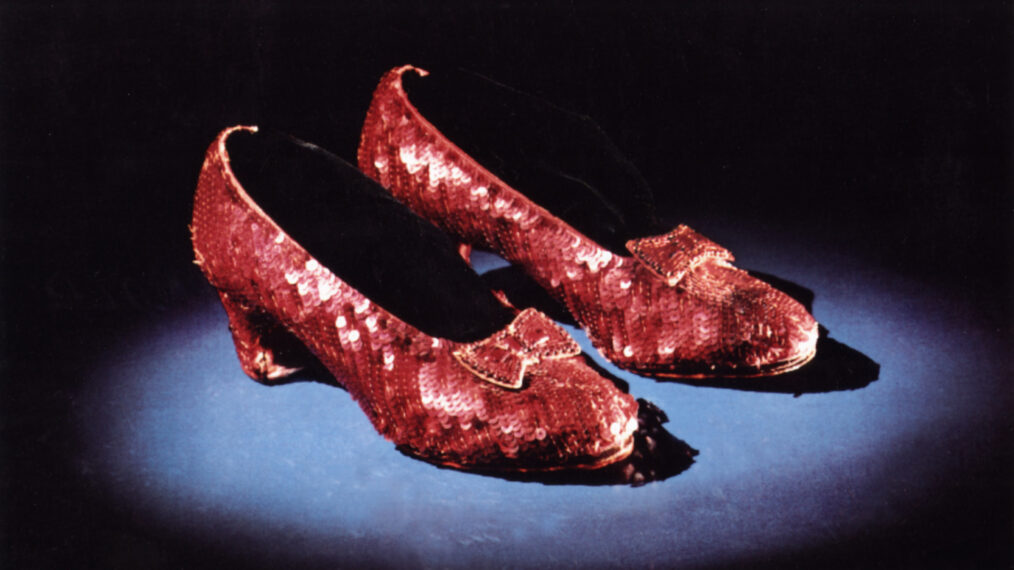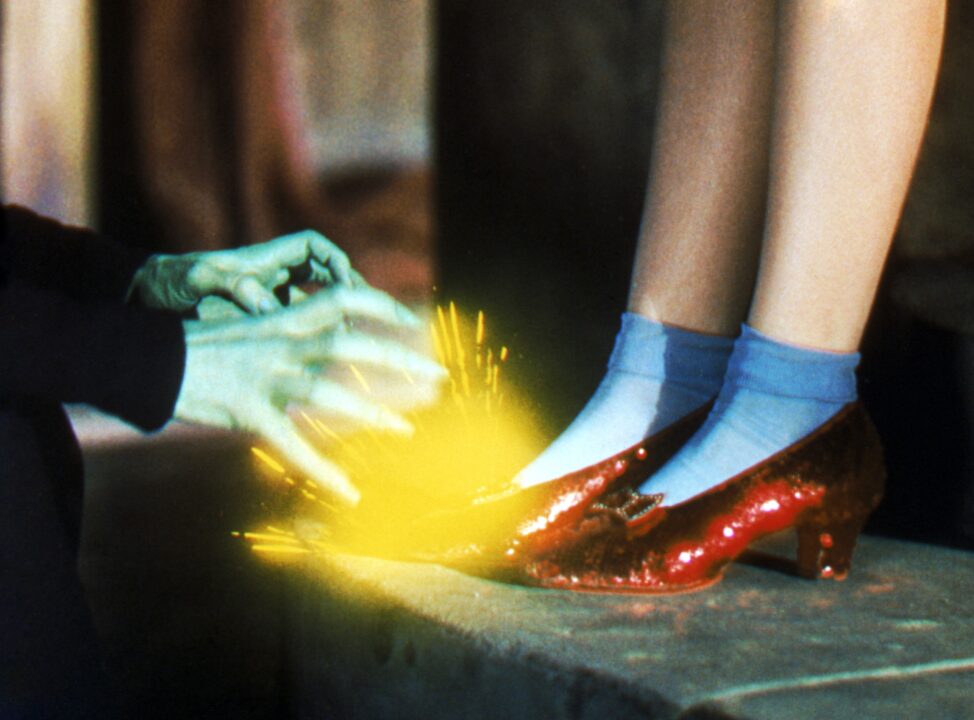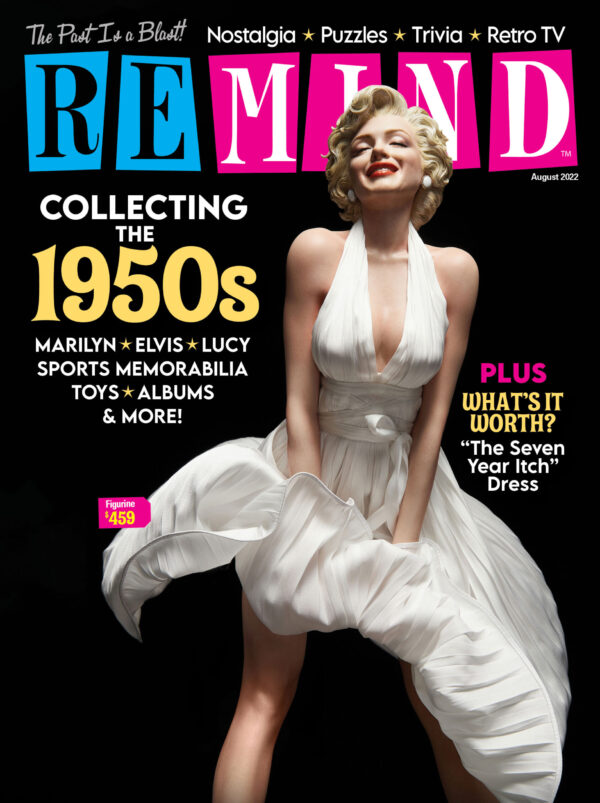Dorothy’s Ruby Slippers: You’ll Never Believe What It Takes to Preserve Them

When it comes to film history’s most iconic treasures, Judy Garland’s ruby red slippers from The Wizard of Oz tops most lists. These 1939 red-sequined, size 5 shoes that the piggytailed Dorothy Gale (aka Judy Garland) wore in the film are the centerpiece of the National Museum of American History’s “Entertainment Nation” exhibit. It’s a permanent exhibit that opened last December and features more than 200 objects from theater, TV, film, music and sports that have influenced our culture.
“I’ve always taken The Wizard of Oz very seriously,“ Garland said. “I believe in the idea of the rainbow, and I’ve spent my entire life trying to get over it.” The rest of the world has taken it just as seriously, too, most particularly the National Museum of American History.
Now preserving those precious little ruby slippers is quite a story. We talked to one of the museum’s curators, Ryan Lintelman, as well as researched more surrounding the famous shoes and the actresses (yes, there was more than one) who wore them. Here are just a few things you probably never knew about Judy Garland, The Wizard of Oz and those famous ruby slippers.
1. Foot Size Matters
Before filming even began, Judy Garland had a vigorous exercise regime to help her lose weight. She had a studio-appointed “athletic coordinator” who had her swimming and hiking and playing tennis and badminton. Thankfully, her foot size (size 5 shoes) was never an issue.
2. Silver Slippers Instead of Red?
In the book that the film was based on (the 1900 novel The Wonderful Wizard of Oz by L. Frank Baum), Dorothy’s magical shoes were actually silver instead of iridescent red. The producers changed the color, as the film was being hyped in “Technicolor” and really needed those shoes to pop with contrast.

3. A Heel-Tapping Double?
When it came to close-up shots of Dorothy tapping her heels together, it actually wasn’t Judy Garland’s feet. Instead, producers used her stand-in, Caren Marsh, to save Garland’s time, as labor laws restricted the amount of time juveniles could be on set.
4. An Anonymous Ruby Slippers Donor
The ruby slippers are one of the first things visitors to the Smithsonian’s National Museum of American History seek out and were one of the first things that came into the museum’s collection. There was a giant auction that was organized in 1970 to sell off all the iconic costumes and props from MGM Studios, and a group of wealthy people bought the ruby slippers for the most that anything sold for at the auction, and a few years later donated them to the museum wishing to remain anonymous. They’ve been at the museum since 1979.
5. It Takes A Village When It Comes To Preserving History
Over 6,000 people donated to a 2016 Kickstarter project, which raised $350,000, for the continuing care and preservation of The Wizard of Oz’s ruby slippers.
6. The Preservation Chamber Required to Preserve Ruby Slippers
An in-depth study of the ruby slippers’ condition, construction and the materials that were used was conducted to ensure the preservation of the slippers. A state-of-the-art case was built to hold the slippers and serve as a preservation chamber, as well as a display. The chamber has high-tech features in it that help keep the sequins in place, the paint from flaking off, and the temperature and humidity controlled.
7. There’s No Place Like Home, And Finding A Forever Home
According to Lintelman, the museum has an independent staff who are material scientists, aka conservators, who assess all of the objects continuously, seeing if there’s deterioration and then determining what can be done to help preserve things for the long-term care. Once an object joins the National Museum’s collection, it’s there forever. “We say we’re in the forever business at the Smithsonian,” Lintelman says. “So it takes some really highly skilled people and a lot of equipment and perfect storage conditions to try to help halt the deterioration of our objects in our collection.”

Collecting the 1950s
Aug. 2022
For fans of the Nifty Fifties enjoy this treasure trove of ’50s memorabilia.
Buy This Issue